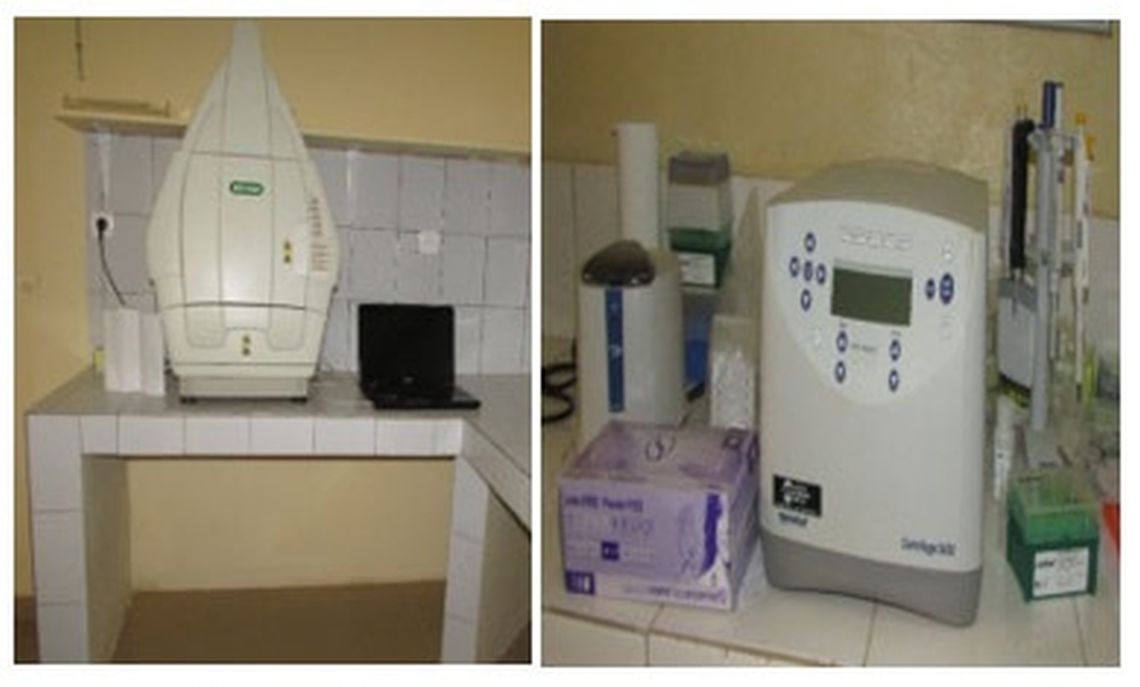Burkina Faso is a West African country with 17.3 million people, where the majority of people live in rural areas and rely on agriculture, mainly livestock rearing. Livestock contributes about 18.3 percent of national GDP and the sector is almost totally in the hands of resource-poor pastoralists and smallholder farmers.
The livestock population in the country is made up of 10 million heads of cattle, 12 million heads of goat, 9 million heads of sheep and more than 40 million poultry including Guinea fowl. Livestock in Burkina Faso plays a major role in the rural livelihood and also assumes major cultural and social importance. Despite this importance, information on animal genetic resources in Burkina Faso is scarce and mostly limited to description of morphological characteristics.
A few years ago, the country made genetic characterization of livestock a high priority for research and development; however, molecular genetic techniques and laboratory facilities were poorly developed and there was a lack of well-trained human resources. These shortcomings did not allow establishment of suitable breeding programmes for genetic improvement of livestock in Burkina Faso.
To assist the country in this regard, the Joint FAO/IAEA Centre and IAEA Technical Cooperation Department supported capacity building and transfer of nuclear and nuclear derived molecular technologies for characterization and improvement of indigenous livestock breeds.



